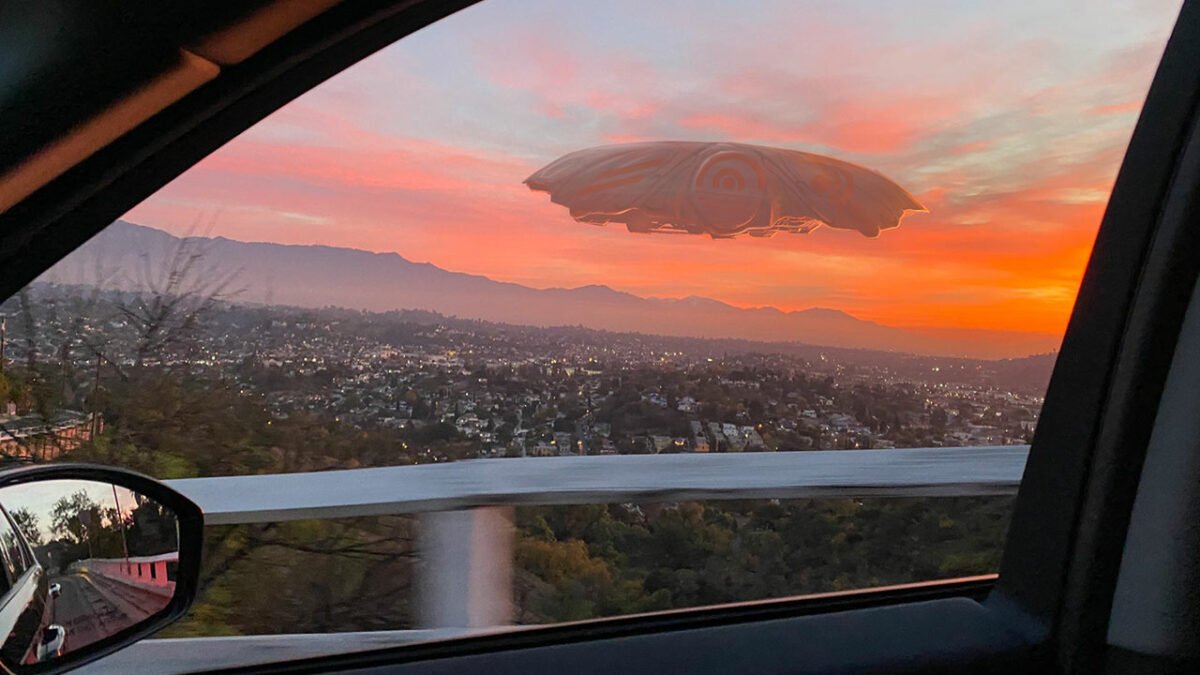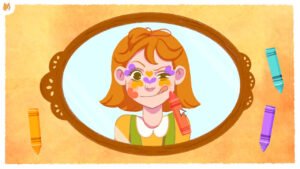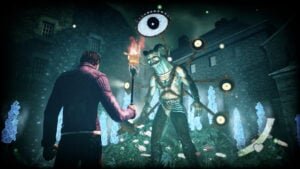The iPad has undeniably transformed the landscape for creatives. Gone are the days when a full desktop setup and a drawing tablet were essential for producing innovative works of art. Apple’s cutting-edge devices now empower users to sketch, design and paint complete masterpieces without being confined to a desk or reliant on a mouse. Although software like Adobe Photoshop remains significant, it is no longer the only option, especially with intuitive tools like Procreate readily accessible for aspiring and established artists alike.
To delve deeper into the impact of this technological revolution, CGMagazine sought insights from a creative professional who not only utilizes iOS-based devices for his work but has also made them his primary toolkit for projects. Rob McCallum, a storyboard and concept artist with an impressive resume, has contributed to films such as Robocop, Pacific Rim, Total Recall, and The Thing, as well as television series like Locke and Key, Carnival Row, and Star Trek: Discovery. A veteran in the field, McCallum possesses the expertise necessary to bring ideas to life.
We had the opportunity to speak with Rob about how his creative process has evolved since incorporating the iPad into his workflow and why this platform is a game-changer for the creative community.

Apple products are ubiquitous in the design and art world. How do you use them? And how do you find them useful in your overall artistic process?
I primarily use an iPad Pro, though I also have a MacBook Pro. Lately, I’ve been using the MacBook more for compiling work, as the iPad Pro enables me to complete nearly 99.9% of my creative tasks. For example, while working on Star Trek: Discovery, I import 3D models and integrate them into various viewers and apps. Procreate has proven particularly useful with its capability to import specific types of 3D models, saving me significant drawing time. I simply pose the 3D model and take a screen capture.
With the latest iPad 16, I can now effortlessly cut out objects and paste them into my storyboards. My entire storyboarding process takes place on the iPad Pro. I begin with the script, create breakdowns, and utilize a split screen to view the script on one side while making notes and sketches on the other. I also have a couple of extra iPads that I sometimes use as additional screens when necessary.
In the final stages, I consolidate the script, the director’s notes, my own notes, the shot list, and the VFX shot list into a comprehensive storyboard. This involves visually translating all the information into a format that effectively communicates the intended final look to everyone involved.

You mentioned using an iPad Pro and a MacBook in your workflow. The iPad Pro is a relatively new device; how did its introduction help expedite your process compared to using a traditional laptop-type device?
Rob McCallum: I got the very first iPad Pro as soon as it was released, although it took me about a week to obtain one due to high demand. Prior to that, I had been using an old iPad 2 for years and transitioned directly to the iPad Pro. I was already using the older iPad for quick sketches, drawn on my lap for convenience.
While I had been using a Cintiq 12 WX and Adobe Photoshop, I appreciated the portability of drawing on an iPad with apps like Procreate, Paper, and SketchUp. In fact, I desperately needed a new drawing tablet, as my 12 WX had a large crack in the back, and no amount of tape could salvage it.
When the iPad Pro became available, I immediately purchased one, although I had to wait another two weeks to get the Apple Pencil. In the meantime, I drew with my finger. The first project I completed using the iPad Pro was an episode of the TV show The Strain. I was still figuring out my workflow, but I marvelled at the convenience of this portable device that allowed me to access my script and eliminate all the cords.
Cintiq tablets are certainly useful, but they require constant driver updates whenever a new software version is released, which can be a hassle. The iPad Pro eliminated that concern, and I quickly adapted to working on it for storyboarding, divisions, and more. After completing a project on Downsizing, the Alexander Payne film with Matt Damon, I realized that the iPad Pro was going to be my primary tool going forward. I left my laptop in my car at the studio parking lot just in case, but after two days, I knew I didn’t need it anymore.
Since then, I’ve worked on projects like Star Trek: Discovery Season One and continued to refine my workflow. Now, I have a comfortable, efficient process that allows me to transition between tasks easily.
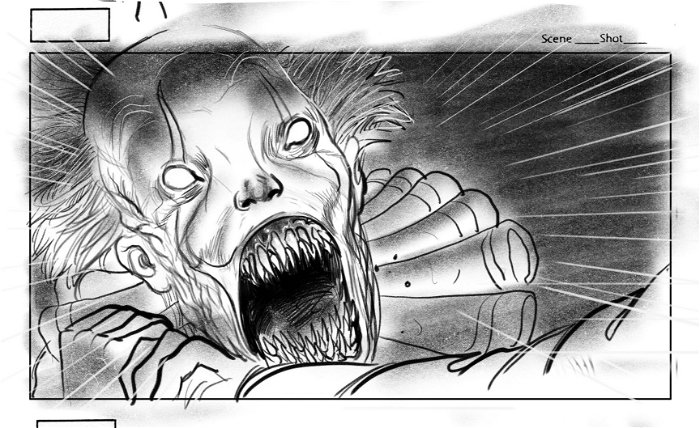
You mentioned the different software available on the iPad Pro that really helps your process, could you tell us some of the software you use to do your job?
Rob McCallum: I typically draw all my finished storyboards in Procreate. Although there are other apps available, I have perfected my workflow in Procreate and can work quite efficiently. The app allows for gestural control, lighting effects, and other elements, especially when working with colour. For rough sketches, I often use Linea, which offers a pleasing pencil feel.
Occasionally, I utilize Adobe Fresco for personal projects or to explore different brushes and techniques. I’ve employed Fresco for a few professional design projects, particularly when aiming for a traditional end result. For managing scripts and taking notes, I rely on GoodNotes, Notability, and Tandem. Notability offers the advantage of displaying two pages simultaneously, allowing me to work with two pages in Notability and one in GoodNotes using a split screen, streamlining my overall process.

It seems like, with its accessibility, it enables anyone to purchase an iPad and access the same professional-grade tools that many experts in the field are using today.
Rob McCallum: Absolutely, the technology is readily available now. My nine-year-old son recently created a 3D model of the letter F and needed my help importing it into Procreate to paint on the correct layer. Once I assisted him, he quickly produced a fully painted 3D model and even created animations with it. I often wish I had access to such tools 20-30 years ago when I was in art school. At that time, Photoshop was just being introduced on the new Mac computers in the art school I had graduated from, so it wasn’t useful to me.
During my time in art school, I worked on a Quantel Paintbox for animation, which was a massive, unwieldy machine. Saving a single frame required rewiring everything in another room. I was working on a project that involved capturing a man reacting to his growing ear, and the entire process was incredibly time-consuming. Completing just a few seconds of animation took two and a half months, as I had to manually advance each frame and rewire the system for every save.
What would that take you now with the current tools you have?
Rob McCallum: The process might take merely 20 minutes, or perhaps even less, considering that Procreate allows users to import video. I discovered this feature accidentally when I opened a timeline while working on an animation. Intrigued, I began scrolling and realized I could paint on every frame, effectively enabling video effects within Procreate.
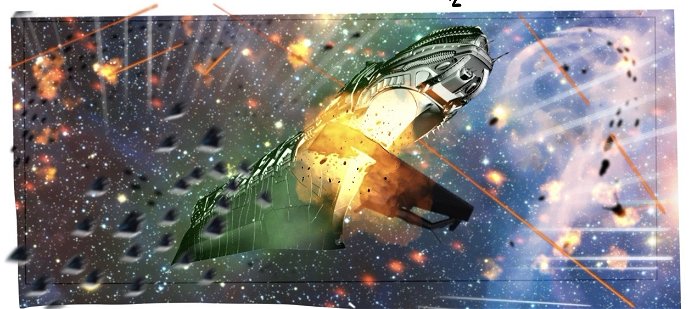
So you can do rotoscoping if you really wanted to?
Rob McCallum: Absolutely. The capabilities individuals possess with devices like the new iPad Pro are remarkable. If time permits, one could create an entire film using the device: film it with the fantastic camera, edit it, and apply video effects. There’s no doubt that such tasks can be accomplished.
For someone who wants to enter a creative field, be it storyboarding, animation, or any of the numerous emerging disciplines, what is the single piece of advice you would offer? If they aim to acquire the best tools and resources, what would you recommend?
Rob McCallum: Although not everyone can afford an iPad Pro or requires such a powerful device, nearly all iPads currently on the market are quite potent. Over time, users may eventually upgrade to an iPad Pro for its exceptional speed and capabilities. For instance, my son currently uses an iPad Mini 5 for his projects.
The new iPad Pro’s hover feature, which I initially doubted, turned out to be incredibly useful. The Apple Pencil, compatible with all iPads, is already highly accurate, but the hover feature on the new Pro allows users to pinpoint the exact pixel they are working on. This enhances the drawing accuracy even further, making the iPad one of the best digital drawing experiences I’ve ever had.
Have you tried other ones? There are a lot of new tablets in the market, have you found any of those have even come close?
Rob McCallum: I didn’t bother with other options because my current workflow is perfect. There’s nothing more I could ask for. Occasionally, I might notice a new product that seems appealing, but once I see the control box and wires attached to the computer, I’m reminded of how much I dislike dealing with wires.
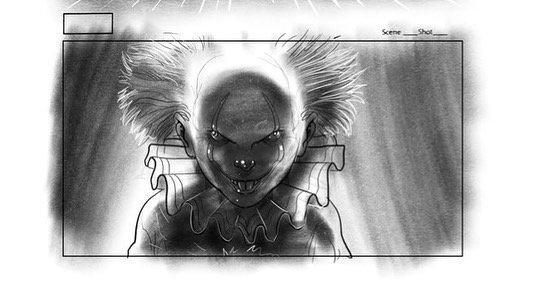
Do you have anything you want to plug right now that people could see your work in?
Rob McCallum: Yes, I am on Twitter as Rob__McCallum (with two underscores due to a hacking incident). I am also on Instagram as Rob_McCallum and have a separate account, Rob_McCallum art, which I don’t update as frequently as I should. Additionally, I recently joined Mastodon under the username RobMcCallum @ Mastodon.art, although the platform can be a bit confusing.
Currently, I am wrapping up my work on Star Trek: Discovery season five. In addition, I contributed to a TV pilot called Well Trent earlier in the summer, which is expected to premiere next year. I also provided artwork for a TV show called Poker Face, directed by Rian Johnson.
The production team needed artwork for set decoration in an artist’s studio, and all of it was created on an iPad Pro. Some of the drawings were requested to be quite large, measuring around 65 by 55 inches. As for my personal projects, they are typically set aside when I am working on a TV job, given the limited number of hours available in a day.
